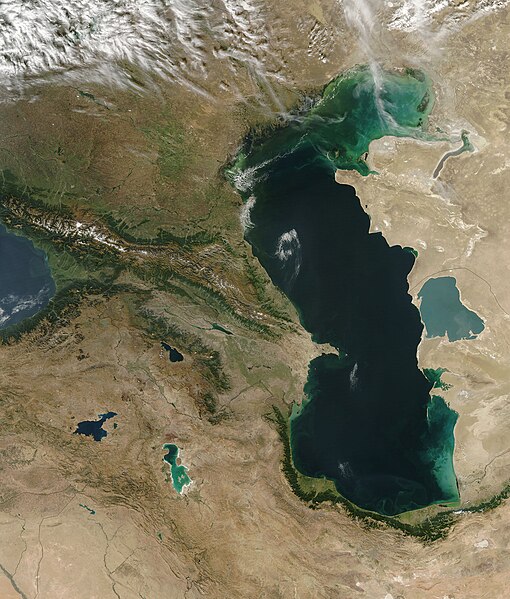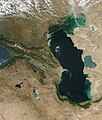Fichièr:Satellite image of the Caucasus-Caspian Region.jpg

Talha d'aquesta previsualizacion: 510 × 599 pixèls. Autras resolucions : 204 × 240 pixèls | 409 × 480 pixèls | 654 × 768 pixèls | 872 × 1 024 pixèls | 1 703 × 2 000 pixèls.
Fichièr d'origina (1 703 × 2 000 pixèl, talha del fichièr: 1,29 Mo, tipe MIME: image/jpeg)
Istoric del fichièr
Clicar sus una data e una ora per veire lo fichièr tal coma èra a aqueste moment
| Data e ora | Miniatura | Dimensions | Utilizaire | Comentari | |
|---|---|---|---|---|---|
| actual | 26 octobre de 2005 a 05.44 |  | 1 703×2 000 (1,29 Mo) | Brian0918 | Caspian Sea and Georgia Sometimes referred to as the Caucasus Isthmus, the Caucasus-Caspian Region is a mixing-pot for scores of cultures. Due in part to its geographic isolation and having been in the path of numerous Eurasian migrations over the cent |
Paginas que contenon lo fichièr
La pagina çaijós compòrta aqueste imatge :
Usatge global del fichièr
Los autres wikis seguents utilizan aqueste imatge :
- Utilizacion sus ar.wikipedia.org
- Utilizacion sus ast.wikipedia.org
- Utilizacion sus bg.wikipedia.org
- Utilizacion sus en.wikipedia.org
- Utilizacion sus fr.wikipedia.org
- Utilizacion sus fr.wiktionary.org
- Utilizacion sus gcr.wikipedia.org
- Utilizacion sus ky.wikipedia.org
- Utilizacion sus mg.wikipedia.org
- Utilizacion sus nn.wikipedia.org
- Utilizacion sus no.wikipedia.org
- Utilizacion sus pt.wikibooks.org
- Utilizacion sus sq.wikipedia.org


